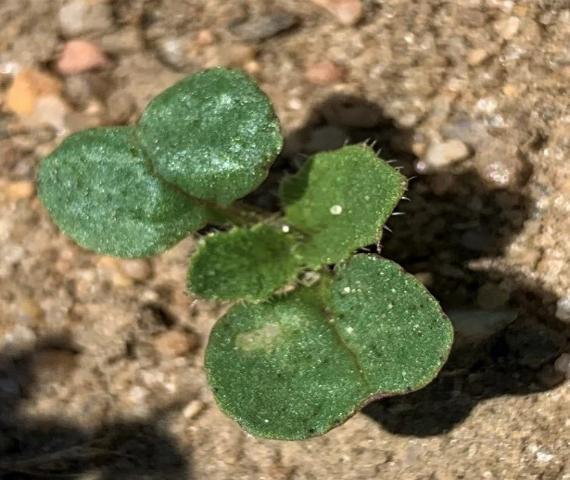By Clint Thompson
Wild radish has long been a problematic weed for vegetable producers. Unfortunately, the problem is becoming more of a challenge to manage.

Credit: Pratap Devkota, UF/IFAS
Stanley Culpepper, University of Georgia (UGA) Cooperative Extension weed specialist, discussed the scenario facing growers during last weekend’s Southeast Regional Fruit and Vegetable Conference in Savannah, Georgia.
“Wild radish has certainly been a challenge for us in some cropping systems for my 23 years. If you’re looking at burn-down for cotton, it’s huge, it’s a challenge, it’s difficult to manage. If you’re growing broccoli, cabbage or cauliflower, it’s a challenge. There’s no doubt,” Culpepper said. “But what is happening is the plant itself, biologically speaking, appears to be changing. Instead of being a true winter annual, now it’ll germinate nine or 10 months out of the year. The growth is a little bit different depending on when it germinates, but it’s still becoming a challenge because the window of emergence is much larger. The populations are getting much more intense.”
The most significant development is the weed’s propensity to developing resistance against available fungicides. Culpepper implores producers to exercise caution if they are trying to manage wild radish.
“We have really important herbicides that we use in vegetables like Gold, Chateau or Valor, Reflex, the PPO herbicides, and we’re putting a lot of selection pressure on those because they’re so good, and we’re relying on them so much. Just like our agronomic growers, we need our vegetable growers to be really intelligent in their resistant management program; being diversified and being smart and being timely,” Culpepper said.









